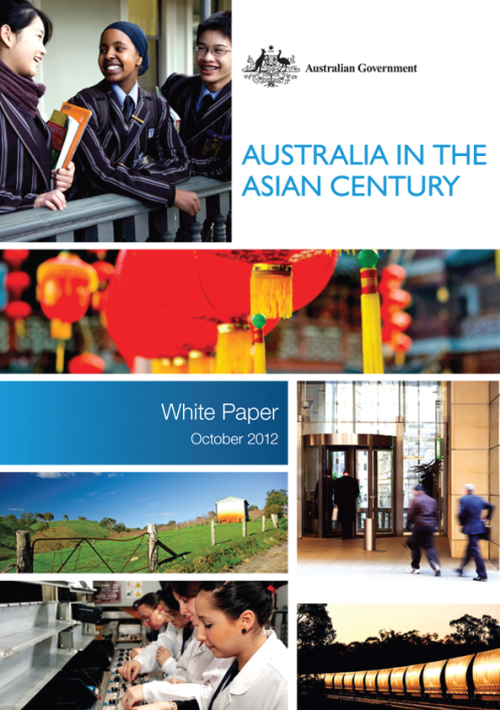Mining’s demand outlook remains strong, and with the policy-induced soft landing in China, the picture for mining coming into next year is bright—says Ernst & Young.
RENO (MINEWEB) – “The fundamental demand story for mining and metals remains strong and we are already seeing an increase in growth in the Chinese economy, with expectations that this will be maintained in 2012,” says Ernest & Young’s Global Mining & Metals Leader, Mike Elliott.
“While we remain confident in the outlook for demand, we are more concerned about how the current hiatus in new capital approvals will impact future supply,” he added. “Supply constraints remain the key driver for many commodities in the medium to longer term, particularly iron ore, copper and lead.”
“There will need to be higher price signals to attract investment for new supply to meet longer term demand,” he stressed.
In a news release issued today, Elliott suggested the “volatility created by the global economic roller-coaster over the past 12 months, and the cost blowouts in the sector from the rapid expansion in recent years has created a very different operating environment for miners coming in 2013.”
























